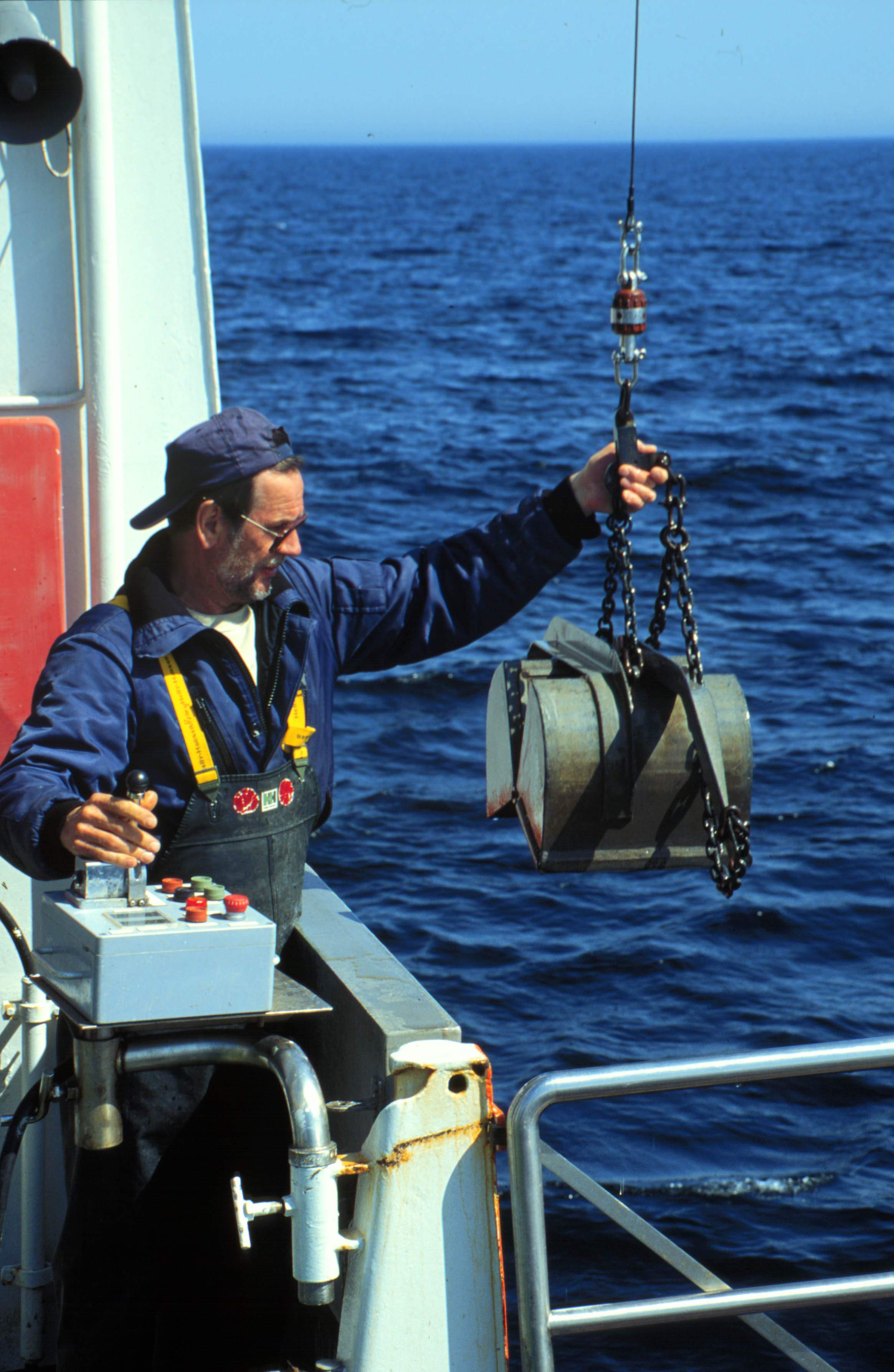Manual for Marine Monitoring in the COMBINE Programme of HELCOM
Table of Contents
PART A. GENERAL ASPECTS
A.1. Introduction
A.2. Aims for the monitoring
A.3. National commitments
A.4. Division of the Baltic and adjacent waters
A.5. Data reporting
A.6. Continuous information between monitoring institutes
A.7. Conditions required for carrying out monitoring/ scientific research in the fishing/economic zone (for programmes adopted by the Helsinki Commission)
A.8. Format for notification of proposed monitoring and research cruises
Annex A-1: Cruise summary report
PART B. GENERAL GUIDELINES ON QUALITY ASSURANCE FOR MONITORING IN THE BALTIC SEA
Foreword
B.1. Introduction
B.2. The quality system
B.2.1 General
B.2.2 Scope
B.2.3 Organization, Management and Staff
B.2.4 Documentation
B.2.5 Laboratory Testing Environment
B.2.6 Equipment
B.2.7 Quality Audit
B.3. Specifying analytical requirements
B.3.1 General
B.3.2 Variable of Interest
B.3.3 Type and Nature of the Sample and its Environment
B.3.4 Concentration Range of Interest
B.3.5 Permissible Tolerances in Analytical Error
B.3.6 Technical note on the QA of the determination of co-factors
B.4. Validation of procedures
B.4.1 General
B.4.2 Validation of analytical methods
B.4.2.1 Selectivity
B.4.2.2 Sensitivity
B.4.2.3 Limit of detection, limit of quantification
B.4.2.4 Range
B.4.2.5 Accuracy
B.4.3. Validation of data
B.4.3.1 Data screening
B.4.3.2 Treatment of suspect and missing data
B.5. Routine quality contron (use of control charts)
B.5.1. General
B.5.2. Control of trueness
B.5.2.1. X-charts
B.5.2.2. Blank control chart
B.5.2.3. Recovery control chart
B.5.3. Control of precision
B.5.3.1. R-chart
B.5.4. Control charts with fixed quality criterions (target control charts)
B.5.5. Control charts for biological measurements
B.5.6. Interpretation of control charts, out-of-control situations
B.5.7. Selection of suitable control charts
B.5.8. References
B.6. External quality assessment
B.7. Definitions
References
PART B ANNEXES
Annex B-1: Principal components of a quality manual
Annex B-2: Validation of established analytical methods
Annex B-3: Quality audit
Annex B-4: Technical note on Measurement Uncertainty
- Appendix 1. Protocol for evaluation of measurement uncertainty from in-house control measurements
Annex B-5: Standard operating procedure
Annex B-6: General remarks on sampling
Annex B-7: Examples of reference materials for internal quality control
Annex B-8: Units and conversions
Annex B-9: Technical note on the determination of hydrographic parameters:
- Appendix 1. Technical note on the determination of salinity and temperature of seawater
- Appendix 2. Technical note on the determination of dissolved oxygen in seawater
- Appendix 3. Recommended equations for the calculation of solubility and saturation of dissolved oxygen in seawater
- Appendix 4. Technical note on the determination of hydrogen sulphide in seawater
Annex B-10: Technical note on determination of nutrients
Annex B-11: Chemical analysis of anoxic waters
Annex B-12: Technical note on the determination of heavy metals and persistent organic compounds in seawater
- Appendix 1. Technical note on the determination of trace metals (Cd, Pb, Cu, Co, Zn, Ni, Fe) including mercury in seawater
- Appendix 2. Technical note on the determination of persistent organic compounds in seawater
Annex B-13: Technical note on the determination of heavy metals and persistent organic compounds in biota
- Appendix 1. Technical note on biological material sampling and sample handling for the analysis of persistent organic pollutants (PAHs, PCBs and OCPs) and metallic trace elements
- Appendix 2. Technical note on the determination of polycyclic aromatic hydrocarbons in biota
- Appendix 3. Technical note on the determination of chloronated biphenyls and organochlorine pesticides in biota
- Appendix 4. Technical note on the determination of trace metallic elements in biota
- Appendix 5. Technical note on the determination of total mercury in marine biota
Annex B-14: Technical note on the determination of heavy metals and persistent organic compounds in marine sediments
- Appendix 1. Technical note on the determination of polycyclic aromatic hydrocarbons in marine sediment
- Appendix 2. Technical note on the determination of chlorinated biphenyls in marine sediment
- Appendix 3. Technical note on the determination of heavy metals in marine sediment
Annex B-15: Technical note on the measurement of pH in seawater
Annex B-16: Technical note on the measurement of total alkalinity in seawater
Annex B-17: Technical note on co-factor analysis
Annex B-18: Technical Note on the determination of organic carbon in seawater
PART C. PROGRAMME FOR MONITORING OF EUTROPHICATION AND ITS EFFECTS
C.1. Introduction
C.2. Sampling stations
C.3. Sampling programme as committed by the Contracting Parties
C.4. Directives for sampling and analysis of hydrographic, chemical and biological variables
PART C ANNEXES
Annex C-1 Tables listing sample stations
Annex C-2 Hydrographic and hydrochemical variables
Annex C-3 Sediment traps
Annex C-4 Phytoplankton chlorophyll-a
Annex C-5 Phytoplankton primary production
Annex C-6 Phytoplankton species composition, abundance and biomass
Annex C-7 Mesozooplankton
Annex C-8 Soft bottom macrozoobenthos
Annex C-9 Guidelines for monitoring of phytobenthic plant and animal communities in the Baltic Sea
Annex C-10 Guidelines for coastal fish monitoring
Annex C-11 Guidelines concerning bacterioplankton growth determination
Annex C-12 Guidelines concerning bacterioplankton abundance determination
PART D. PROGRAMME FOR MONITORING OF CONTAMINANTS AND THE EFFECTS OF CONTAMINANTS
D.1. Objectives and goals for contaminants monitoring
D.2. Selected compartments
D.2.1 Biological compartments
D.2.2 Sea water
D.2.3. Sampling sites
D.3. Selected contaminants
D.3.1. Open sea
D.3.2. Coastal zone (EC MON 1/96, Annex 7)
D.4. Supporting studies
D.5. Selection and number of specimens
D.6. Field sampling and storage (for mussels also sample preparation for analysis)
D.7. Sample preparation for chemical analysis
D.8. Statistical comments
D.9. Spatial distribution studies
D.10. Establishing of national Specimen banking programmes
D.11. Biological effects monitoring
D.12. General strategy for the study of new contaminants
D.13. Sampling programme as committed by the Contracting Parties
References
UPDATES



